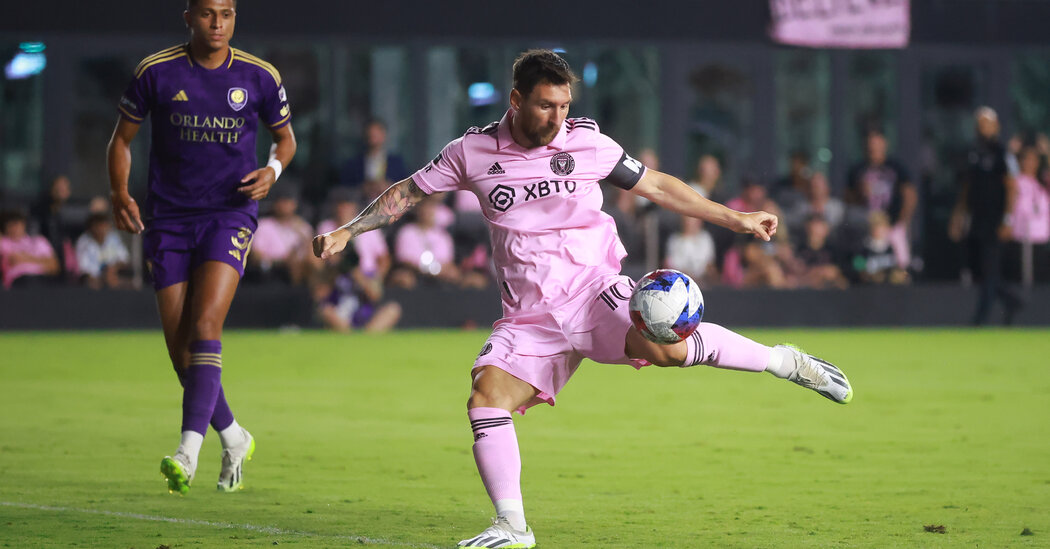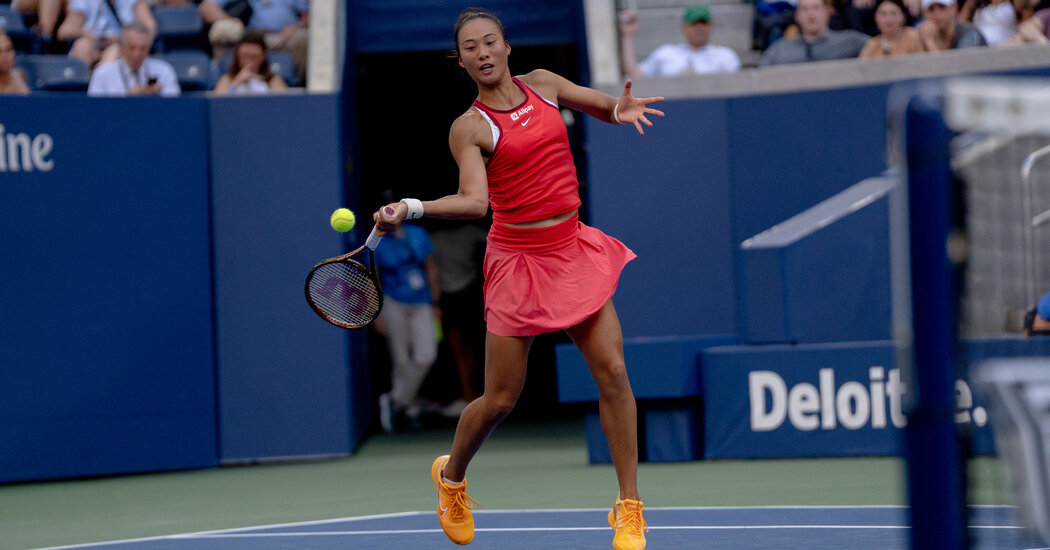It’s All Fun and Games Until Someone Gets Hurt
In the movie “Moneyball,” Peter Brand, a baseball analyst played by Jonah Hill, has a mantra for the type of player his team covets. “He gets on base,” Brand says when his boss points at him.
The movie, like the Michael Lewis book upon which it is based, is about the rise of sabermetrics in Major League Baseball. It is the story of a group of outsiders who take on the baseball establishment by following a core belief rooted in an expression you can hear at any Little League game: A walk is as good as a hit.
But what if they did not go far enough? If a walk is as good as a hit, and a hit-by-pitch is essentially a one-pitch walk — a base on ball, if you will — then it stands to reason that a hit-by-pitch is as good as a hit, with a little danger mixed in to spice things up.
The math of the strategy is easy enough to explain. But it can be hard to sell the idea to players who are risking their health — and their livelihoods — every time they stand in the way of a 96-mile-per-hour fastball. Just ask Pete Alonso, the Mets first baseman, who was placed on the injured list on Friday with a bone bruise he sustained by taking a heater from Charlie Morton off his left wrist during a game last week.
With the injury to Alonso, and a toe injury for Aaron Judge, this week’s Subway Series will be missing the home run leaders in both leagues.
Despite the bad luck, it was hardly a surprise to see Alonso get hit by a pitch. He and a few other brave — some might say foolish — players are known for making little effort to get out of the way when a pitch is headed toward them. It is a strategy they have honed for years as a useful, and painful, tool in their arsenals. And it is even harder than it looks on TV.
“Go stand in there and have someone use a machine and see how you react,” said Anthony Rizzo, the Yankees first baseman who has been plunked 207 times in his career, tops among M.L.B.’s active players.
The instinct, for nearly everyone, is to get out of the way. But there are some outliers who get hit far too often to explain it through bad luck. Rizzo and others say they do not go up looking to get hit — they swear — but they also admit they aren’t inclined to dive out of the way.
Consider Mark Canha. The Mets outfielder was hit an M.L.B.-leading 55 times over the previous two seasons and has been hit 112 times over the course of his nine-year career.
As Canha said: “Last year, I’d joke at times: ‘These hit by pitches are keeping the lights on in the Canha household. I’m making a career out of this.’ Your on-base numbers go up. That’s a weapon for you. You’re creating runs.”
As of Wednesday, Canha had been hit in 3.47 percent of his career plate appearances, which was more than three times the M.L.B. average over the course of his career. If he had been hit at the league-average rate, his .348 career on-base percentage would drop to .324.
In Rizzo’s case, his career on-base percentage of .366 would drop to .345 if he had been hit at the average rate — a difference so vast that he would drop from 11th in the majors since 2011 (among players with 5,000 or more plate appearances) to a tie for 24th.
So how do they do it? For Rizzo, it begins with how he sets up at the plate.
A left-handed power hitter with a quick stroke, Rizzo feasts on pitches down and inside. Knowing he can handle any pitches thrown there, he crowds the plate to make it easier for him to reach outside pitches. But the goal is to hit the ball; a hit-by-pitch is merely an acceptable fallback position.
“If you’re ever thinking about trying to get hit by a pitch, the next thing you know, there’s going to be a fastball in the middle that you’re missing,” Rizzo said. “I think it’s just the approach and how they try to pitch me and where I stand.”
In Canha’s case, it is more about how he is pitched. Right-handed starters often attack the righty-hitting Canha with inside fastballs, a pitch he struggles with. Sometimes those pitches veer too far inside.
There is nothing particularly novel about such an approach, but players like Canha, Rizzo and Alonso set themselves apart from their peers by how they react once they realize the pitch is heading their way: They stand their ground.
“You have to overcome a mental block,” Alonso, who has been hit by 56 pitches over the last five seasons, said before last week’s plunking.
The mental block Alonso referred to, known as the startle reflex, is something he and Harrison Bader, the Yankees center fielder, have been working to overcome since they were college teammates at the University of Florida.
In practice, Gators players would get pelted with foam balls from a pitching machine to train their brains not to jump out of the way. During games, Alonso said, if they avoided an incoming pitch that their coach believed should have hit them, they would have to run more at the next practice.
Once a player learns to suppress the startle reflex, the next step is to anticipate where a pitch might hit him. If he can track the ball’s trajectory, he can contort himself in a way that protects his more sensitive areas, like the wrist, thus avoiding what happened to Alonso — an accident that is expected to cost him three to four weeks.
A virtuoso of getting hit without getting hurt was Jason Kendall, a retired All-Star catcher, who was hit 254 times in 15 seasons — fifth on the career list.
“The more you get hit, then the better you learn how to do it and how to protect yourself,” Kendall said. “Anything behind me, I’m moving my left elbow down and away just in case it might hit my ribs. If it’s up in my face, I’m moving it up front. I think wearing a pad gets you used to being able to deflect.”
“I mean, it still hurts — don’t get me wrong,” Kendall added. “But I would rather just have a bruise on my biceps or elbow or forearm, or whatever, as opposed to having a broken rib and being out at least four to six weeks.”
It should be noted in all this, of course, that batters are not allowed to simply let pitches hit them. By rule, they have to try to get out of the way.
That rule, however, which dates to 1887, has been flawed from the start. Umpires have mostly punished batters for clearly leaning into pitches that otherwise would not have hit them, rather than going after players who do not attempt to move out of the way.
That was the genius behind a decision made by Martín Maldonado, the all-glove, no-bat catcher for the Houston Astros, in Game 6 of the 2022 World Series. Leading off the sixth inning with his team down by a run, Maldonado, who typically stands in the middle of the right-handed batter’s box, toed the chalk next to the plate. His sole intention was to get hit by a pitch, and that’s exactly what happened.
Facing elimination, the Philadelphia Phillies challenged the call, saying Maldonado had not made any attempt to get out of the way. But a replay review showed that Maldonado had set up so close to the plate that he hadn’t needed to move for the pitch to collide with his elbow, and the replay crew could not conclusively prove that he had not attempted to avoid the ball. Three batters later, Yordan Alvarez clobbered the three-run home run that put Houston ahead for good, clinching the Astros’ second World Series title.
While Maldonado got away with his gamesmanship, and Rizzo, Canha and Alonso have accepted getting plunked as the not entirely intended reality of their approach at the plate, Tim Locastro, an outfielder for the Mets, has surpassed them all by turning getting hit by pitches into an art form.
Despite being limited by injuries and a part-time role, Locastro has been hit 40 times in 559 career plate appearances. Among players who have been hit at least 10 times, Locastro tops everyone, as it has happened in 7.16 percent of his career plate appearances.
Locastro said he had been getting hit by pitches for as long as he had been playing competitive baseball, though he couldn’t definitively explain why. He does not stand particularly close to the plate, and he said he had never stepped into the box with the goal of getting hit. He certainly isn’t the type of player whom pitchers would hit intentionally.
“If I see a pitch coming inside, I’m just not getting out of the way,” said Locastro, who is on the 60-day injured list recovering from thumb surgery. “Especially for me personally and my skill set — getting on base, stealing bases, scoring runs. It fits my skill set in a baseball game to a T.”
Locastro, whose biggest asset is his speed, has a solid .325 career on-base percentage that would be an unplayable .264 if he had been hit at the league average rate.
When told this, he was blunt.
“It’s a skill,” Locastro said. “There’s your answer to that question right there.”
In the words of the fictional Peter Brand: “He gets on base.”


